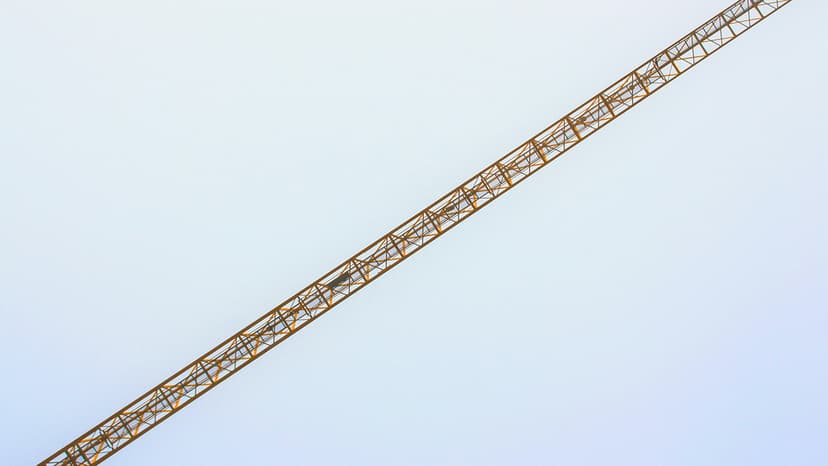How to Easily Convert Figma Designs to Vue Components
Are you a designer or developer aiming to convert Figma designs into Vue components? This article provides practical techniques to help you accomplish this seamlessly.
Understanding the Basics
It's important to grasp the basics of both Figma and Vue.js. Figma is a design tool used for creating interfaces, while Vue.js is a JavaScript framework for building user interfaces.
Step 1: Inspect Your Figma Design
Start by inspecting your design in Figma. Pay attention to elements like colors, typography, spacing, and layout. Identify which components need to be converted into Vue components.
Step 2: Export Assets from Figma
Next, export the assets from Figma. This can include icons, images, and SVG files. Organize these exported assets for easy access during the conversion.
Step 3: Set Up Your Vue Project
Now, set up your Vue project. If you haven't installed Vue.js, follow the instructions on the official Vue.js website. Create a new Vue project using the Vue CLI with the command:
Bash
Step 4: Create Vue Components
With your Vue project ready, start creating Vue components based on the components identified in your Figma design. Use Vue single-file components to encapsulate HTML, CSS, and JavaScript for each component. Here's a basic example:
Vue
Step 5: Style Your Vue Components
After creating the basic structure of your components, style them to match your Figma design. Use CSS or preprocessors like SASS or LESS for styling. Refer to your Figma design for details on colors, font sizes, and more.
Step 6: Add Interactivity
Consider adding interactivity to your Vue components to enhance user experience. This may include animations, transitions, and event handling. Vue.js offers tools to make your components dynamic.
Step 7: Test Your Components
Once your components are created and styled, testing is essential. Use tools like Vue DevTools and browser developer tools to debug and inspect your components. Test responsiveness across different devices and screen sizes.
Step 8: Iterate and Refine
While testing, identify areas for improvement. Refine your design and code based on feedback from stakeholders or users. Continuous iteration will help create high-quality Vue components that reflect your Figma design.
Helpful Tips and Tricks
- Use Vue plugins like Vue Router and Vuex to enhance component functionality.
- Utilize Vue directives and computed properties to simplify logic in your components.
- Explore component libraries such as Vuetify or Element UI for pre-built components that align with your design.
Converting Figma designs to Vue components is achievable. By following these steps and utilizing Vue.js features, you can efficiently create interactive and appealing Vue components.












